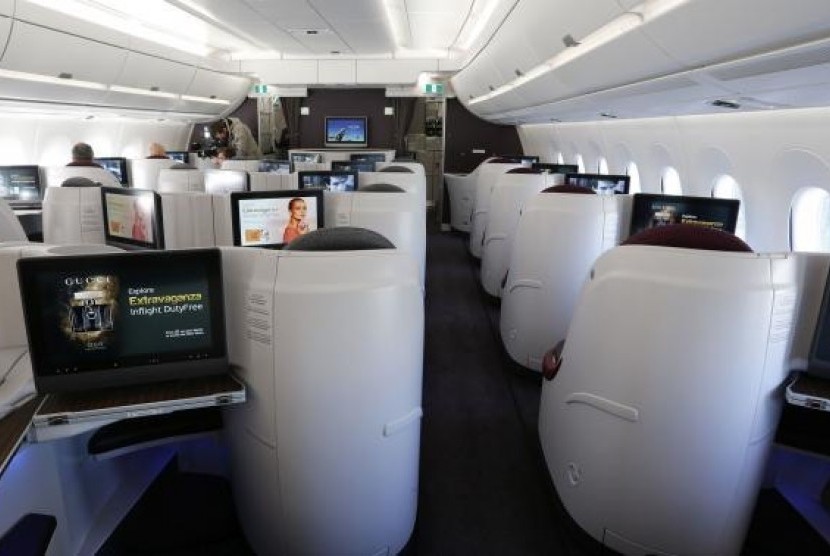REPUBLIKA.CO.ID, PARIS -- Ten years ago, the boss of Qatar Airways, who takes his first new A350 jet this week, warned Airbus it was flying off course. Boeing was knocking on his door with a "super-efficient" jet boasting 30 percent fuel savings thanks to a carbon-composite design.
In Toulouse, some Airbus engineers, riding high after overtaking Boeing and suspecting a short-lived marketing stunt, laughed off the future 787 with a “tail like a dolphin”.
Qatar Airways CEO Akbar Al Baker urged Airbus to take the 787 seriously and said its draft response, a quick fix to its A330 with new General Electric engines, was inadequate. As Qatar Airways planned for rapid regional and long-haul
growth, Al Baker recalls, "there was a requirement for an aircraft that has capacity that is optimal on two fronts: customer comfort and technologically forward-thinking".
That clamor for both cabin comfort and better economics eventually forced Airbus into a fundamental shift in strategy. But after Al Baker's warning, it took another two years of sales setbacks and doubts at the highest management level before Airbus agreed to build the A350XWB to be delivered on Monday.
That story is revealed here after interviews with customers, suppliers and industry sources. Airbus declined comment. The fluctuating, decade-long journey from half-hearted tinkering to an all-new family of jets highlights a chess game still being played out as Airbus and Boeing battle each other in the wide-body market, valued at 1.9 trillion USD over 20 years. Next month, the A350 will start competing with the 787 in the skies, having garnered 778 orders against 1,055 for the 787.
To build the carbon-plastic jets, planemakers have tested themselves to the limit. But they have also carefully avoided a head-on collision, searching for pockets of empty space in the twinjet market by unveiling variants that rarely have precisely the same capacity as their competitor's.
Some analysts say that may help support their profit margins, though as the A350's story demonstrates, competition for sales is intense.
"I think they are now pretty well matched," said Steven Udvar-Hazy, who as CEO of lessor ILFC at the time was the world's biggest buyer of commercial jets and would prove to be an important influence on the A350s development.


